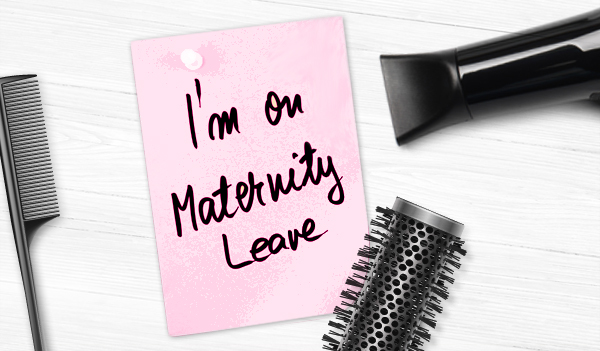“Only eligible employees, not the self-employed, are entitled to Statutory Maternity Leave and Statutory Maternity Pay,” says NHF/NBF director Tina Beaumont-Goddard. “However, if you are self-employed, you may be entitled to Maternity Allowance which is paid by the government for up to 39 weeks and is tax-free.”
If you are eligible, you can claim Maternity Allowance as soon as you have been pregnant for 26 weeks. Payments can start 11 weeks before the baby is due.
Find out if self-employed chair, space or room renting would suit your lifestyle: nhf.info/self-employed
Maternity Allowance rates for 2019/2020
“The full amount of Maternity Allowance will go up to £148.68 a week from April 2019, or 90% of your earnings, whichever is lowest. If you are not eligible for the full amount, you might be entitled to a lower weekly payment. This may be paid for 14 weeks rather than the full 39,” says Tina.
Eligibility for the self-employed
To be eligible for the full amount of Maternity Allowance, you must have:
- Been self-employed for at least 26 weeks in the 66 weeks before the baby is due.
- Earned a minimum of £30 in at least 13 of those weeks (choose the weeks in which you earned the most).
- Paid Class 2 National Insurance contributions for at least 13 of the 66 weeks before the baby is due.
“The Department for Work and Pensions will check if you have paid enough NICs when you make your claim,” explains Tina. “And you may be able to top up your National Insurance contributions (NICs) with voluntary payments.” There are plans to abolish Class 2 NICs, although there is no definite date set for this yet. “The government is currently consulting on how Maternity Allowance eligibility for self-employed women will be decided when Class 2 NICs are abolished,” says Tina.
NHF/NBF Members can download a detailed guide to becoming a self-employed chair renter: nhf.info/becoming-a-chair-renter-guide
Shared Parental Leave and Pay
If your partner is employed they may be eligible for Shared Parental Leave and Pay. “But bear in mind that you will need to stop receiving Maternity Allowance payments when their Shared Parental Leave and Pay kicks in,” says Tina. “Only employees, not the self-employed, can take Shared Parental Leave and Pay or Statutory Paternity Leave and Pay.”
The NHF/NBF offers a range of business support services for hair and beauty salons, from legal, employment and financial guidance to discounted insurance and expert advice for managing people and boosting your business. www.nhf.info





